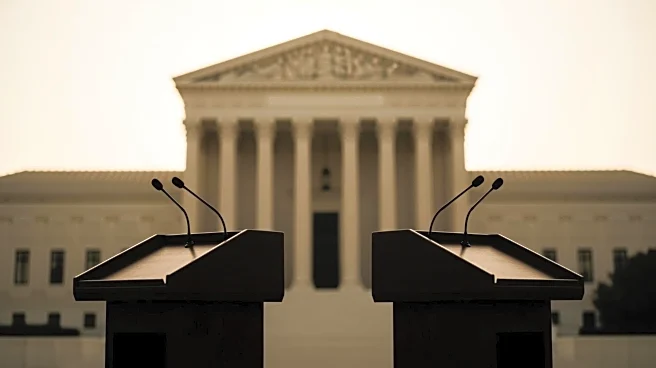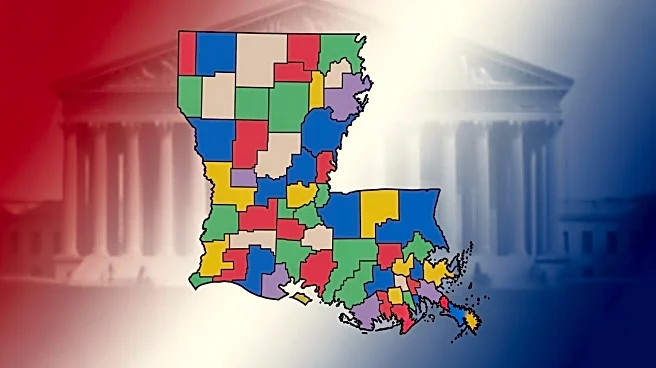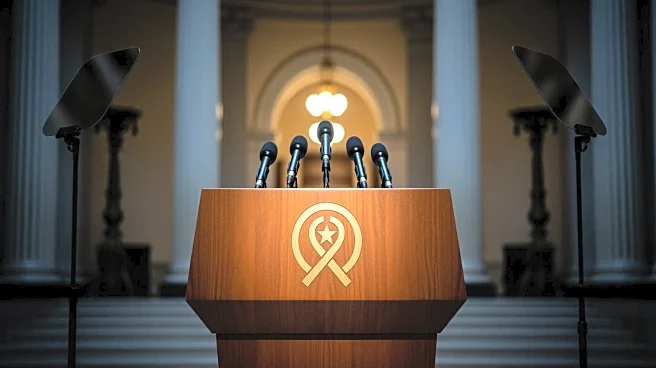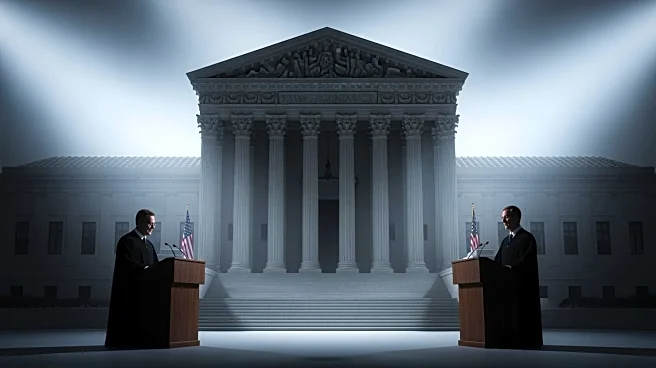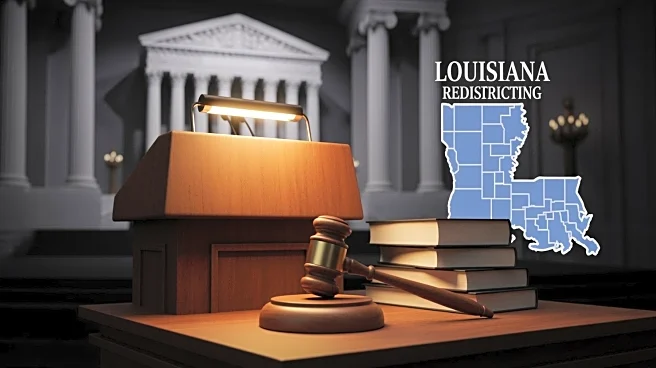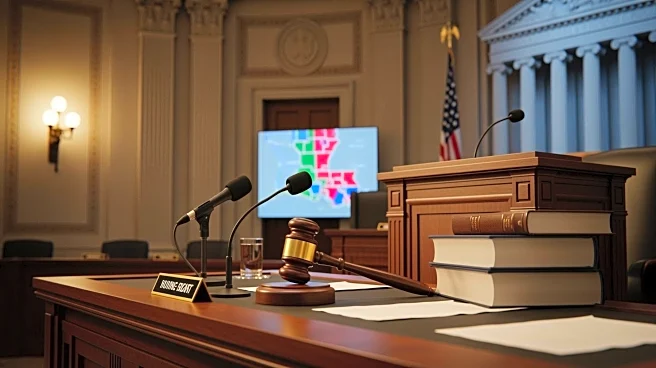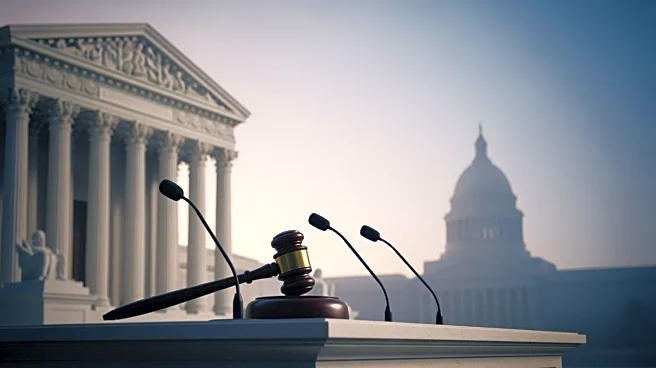What's Happening?
The Supreme Court is currently deliberating on a significant provision of the Voting Rights Act of 1965. This provision is crucial as it addresses the use of race in the drawing of voting maps, a practice
that has been contentious in recent years. The case under review could have profound implications for how electoral districts are configured, potentially affecting the balance of political power in various states. The arguments presented to the court are part of a broader national debate on voting rights and racial gerrymandering, with lawmakers and civil rights groups closely monitoring the proceedings.
Why It's Important?
The outcome of this Supreme Court case could significantly impact U.S. electoral politics. If the court decides to alter or uphold the provision, it could change how districts are drawn, potentially affecting representation for minority communities. This decision could influence future elections, shaping the political landscape by either reinforcing or challenging existing power structures. Stakeholders such as political parties, civil rights organizations, and voters are deeply invested in the outcome, as it could redefine the principles of fair representation and equality in voting.
What's Next?
Following the Supreme Court's decision, states may need to reassess their redistricting strategies. Political leaders and advocacy groups are likely to respond with legislative proposals or legal challenges, depending on the ruling. The decision could also prompt further scrutiny of voting laws and practices across the country, leading to potential reforms aimed at ensuring equitable representation. The ruling may set a precedent for future cases involving voting rights and racial considerations in electoral processes.
